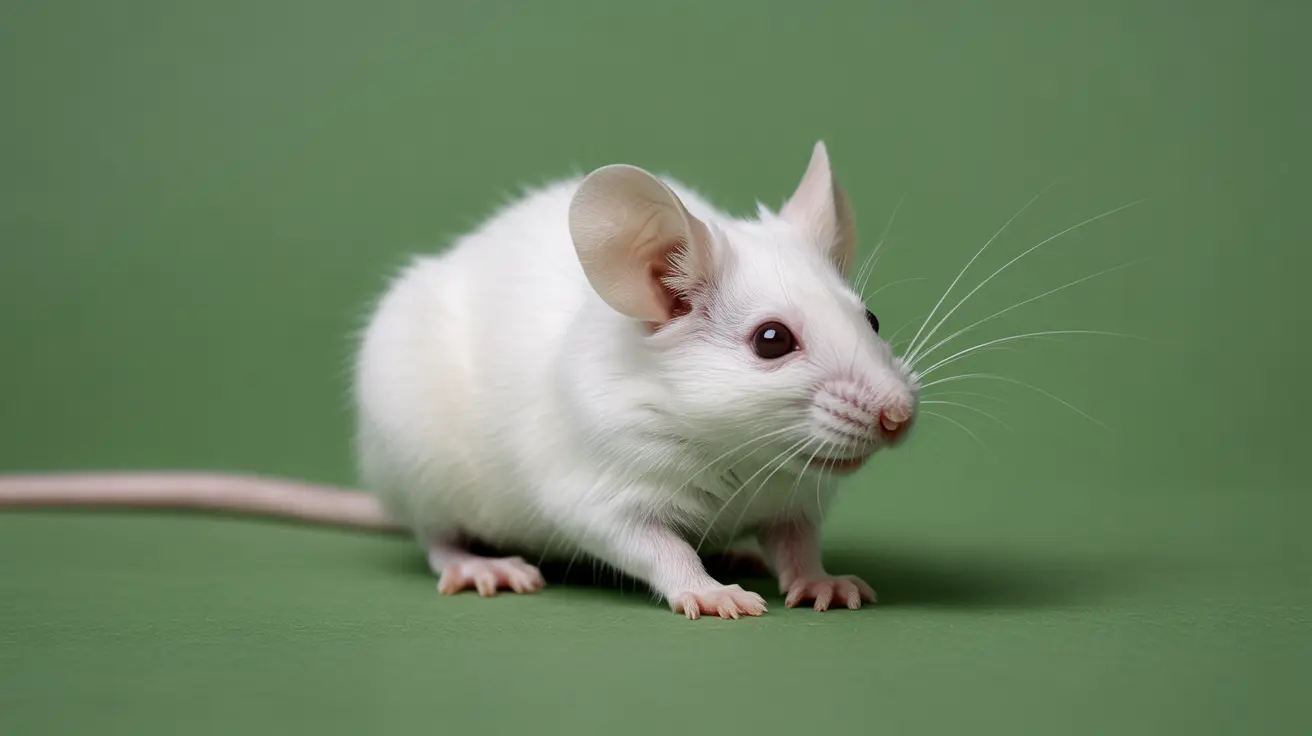Introduction to Shrimp in a Dog’s Diet
Including shrimp in a dog's diet can be both safe and nutritious when done correctly. While shrimp is safe for dogs to consume, it is important to consider how it is prepared and the portion sizes offered. When properly cooked and served in moderation, shrimp can be a delightful addition to your canine's meal plan, offering a variety of health benefits.
Nutritional Profile of Shrimp
Shrimp is a powerhouse of nutrition, providing high levels of protein and essential vitamins and minerals that contribute to a dog's overall health. A 100-gram serving of shrimp contains approximately 99 calories, 24 grams of protein, and only 1.6 grams of fat. Additionally, shrimp is rich in omega-3 and omega-6 fatty acids, vitamin B12, niacin, phosphorus, potassium, magnesium, iodine, and antioxidants. These nutrients support various aspects of canine health, from maintaining a healthy coat to supporting metabolic functions.
Safe Preparation of Shrimp for Dogs
To ensure shrimp is safe for your dog, it must be thoroughly cooked, and the shell, veins, and tail should be removed. These parts can pose choking hazards or lead to intestinal blockages. Moreover, improperly cooked shrimp may harbor bacteria that can cause shellfish poisoning in dogs, making thorough cooking a crucial step in preparation.
Cooking Methods for Dog-Friendly Shrimp
When preparing shrimp for dogs, it is best to use simple cooking methods such as boiling, steaming, grilling, or baking. It is crucial to avoid adding unhealthy seasonings or fats, such as butter, oils, or spices, as these can be harmful to dogs. The focus should be on maintaining the shrimp's natural flavor and nutritional content without unnecessary additives.
Guidelines for Feeding Shrimp to Dogs
Feeding shrimp to dogs should be done with careful consideration of portion sizes and frequency. Treats, including shrimp, should only account for about 10% of a dog's diet, with the remaining 90% coming from a balanced dog food diet. The appropriate portion of shrimp varies by dog size: extra-small dogs (2–20 pounds) can have 1/2 medium shrimp, small dogs (21–30 pounds) one medium shrimp, medium dogs (31–50 pounds) two medium shrimp, large dogs (51–90 pounds) three medium shrimp, and extra-large dogs (91+ pounds) up to four medium shrimp.
Health Benefits of Including Shrimp
Incorporating shrimp into a dog's diet can offer numerous health benefits. As a low-calorie, high-protein snack, shrimp provides essential nutrients that support a dog's overall well-being. The presence of omega-3 fatty acids, antioxidants, and other vitamins and minerals can enhance a dog's coat health, support cognitive function, and contribute to a robust immune system.
Monitoring for Adverse Reactions
After introducing shrimp to your dog's diet, it's important to monitor them for any adverse reactions. Symptoms such as vomiting, diarrhea, lethargy, or itching could indicate an allergic reaction or food intolerance. If any of these symptoms occur, contact your veterinarian promptly to ensure your dog's health is not compromised.
Purchasing Quality Shrimp
When buying shrimp for your dog, choose high-quality options from reputable sources. This ensures that the shrimp is fresh and free from harmful contaminants. Always remove the shells, veins, and tails before cooking to ensure safety and quality in your dog's meals.
Creative Ways to Serve Shrimp
There are several creative ways to incorporate shrimp into your dog's diet. You can mix shrimp pieces with their regular food, create special treats by combining cooked shrimp with dog-safe vegetables, or serve it with plain, cooked rice. These methods not only make meals more exciting but also ensure your dog receives the nutritional benefits of shrimp.
Conclusion: Enjoying Shrimp Responsibly
Shrimp can be a nutritious and enjoyable treat for your dog when prepared and served responsibly. By following the guidelines for safe preparation and portion control, you can add variety to your dog's diet while supporting their health. Always consult with a veterinarian before introducing new foods, especially if your dog has specific dietary needs. With careful consideration, shrimp can be a delightful addition to your canine companion's culinary experience.






